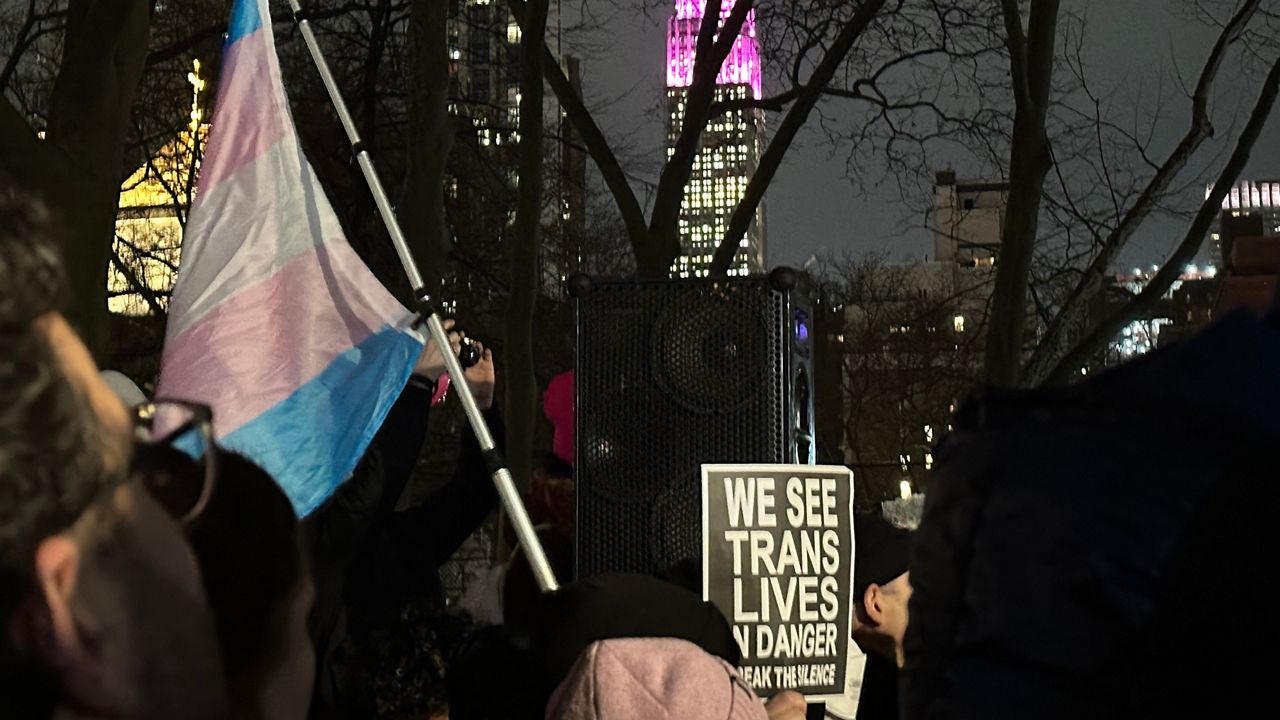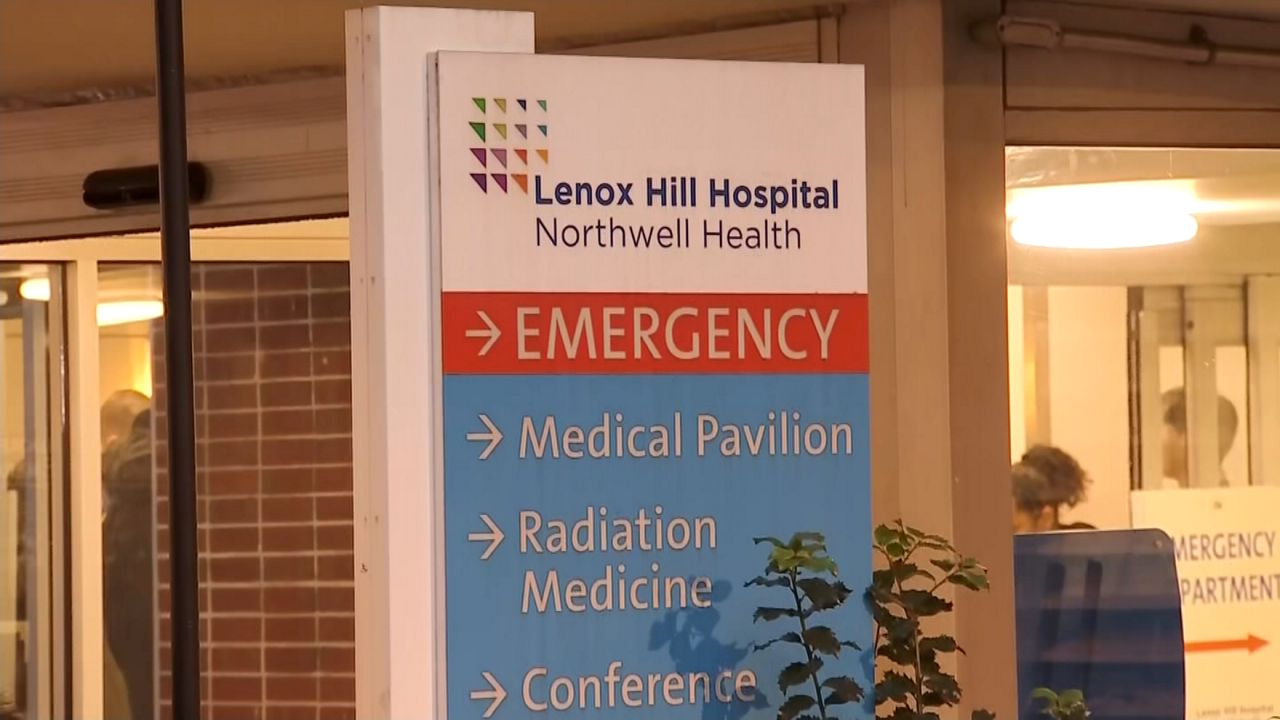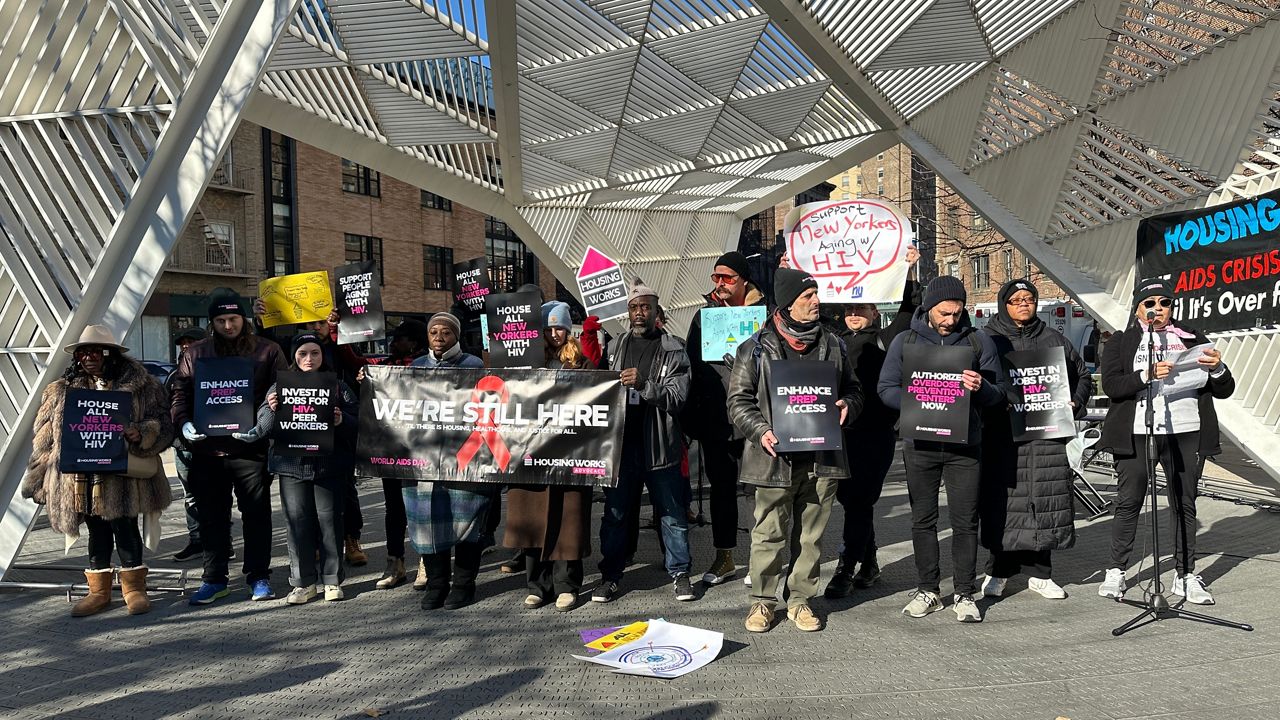Community members gathered across the city to remember loved ones who have died of AIDS during World AIDS Day on Friday.
What You Need To Know
- For eight hours, community members recited the names of those lives lost
- By 2025, the Centers for Disease Control and Prevention aims to reduce new HIV infections by 75% and by 90% by 2030
- The city's Department of Health and Mental Hygiene said there has been progress towards ending the HIV epidemic in the city
“I just have memories and memories of people that have passed away,” said Leonides Reys.
Memories flood back of the friends Reys lost due to AIDS.
Friday’s downpour couldn’t stop Reys from coming down to the AIDS Memorial in Greenwich Village to remember those who’ve died from the disease.
For eight hours, community members recited the names of those lives lost.
“It’s just hard. It shouldn’t be like this. The nightmare’s not over,” Reys said.
Reys lived in Brooklyn during the height of the AIDS epidemic.
For six hours, he stood in the rain watching and remembering.
“It’s almost like reading a sacred scroll to me. Each of those names is a human life that was taken to this terrible disease,” said Leo Marinello.
Marinello read some of the thousands of names compiled by organizers for the 32nd annual candlelight vigil and march.
Last year, roughly 1,600 New Yorkers died of AIDS, according to data.
More than 100,000 New Yorkers have died from the disease since the beginning of the epidemic in the 1980s.
“For a lot of people, I feel that it’s in their rearview mirror, and that’s unfortunate because so many people today are still dealing with the long-term ramifications,” Marinello said.
The New York City Department of Health and Mental Hygiene said there has been progress toward ending the HIV epidemic in the city.
HIV is the virus which causes AIDS.
“Today on this 35 World AIDS Day, we are actually in a place as a city, and a nation, and a globe we can talk rationally about ending the HIV epidemic once in for all in our lifetimes,” said the city’s Department of Health and Mental Hygiene Commissioner Dr. Ashwin Vasan.
In newly released data, the department said newly diagnosed HIV infections in 2022 were down by 2% when compared to 2021. When compared to 2018, they were down 17%. When compared to 2001, newly diagnosed HIV infections were down in the city 72%.
While strides have been made, Reys said there’s an entire generation of good memories he looks back on with sadness.
“It’s hard to think about the good memories when people are passing away.”
By 2025, the Centers for Disease Control and Prevention aims to reduce new HIV infections by 75% and by 90% by 2030.


%20CGPKG%20Mn%20Annual%20World%20AIDS%20Day%20%20CG?wid=320&hei=180&$wide-bg$)

_Pkg_Mt_Sinai_Beth_Israel_CG_130672028_2631)


